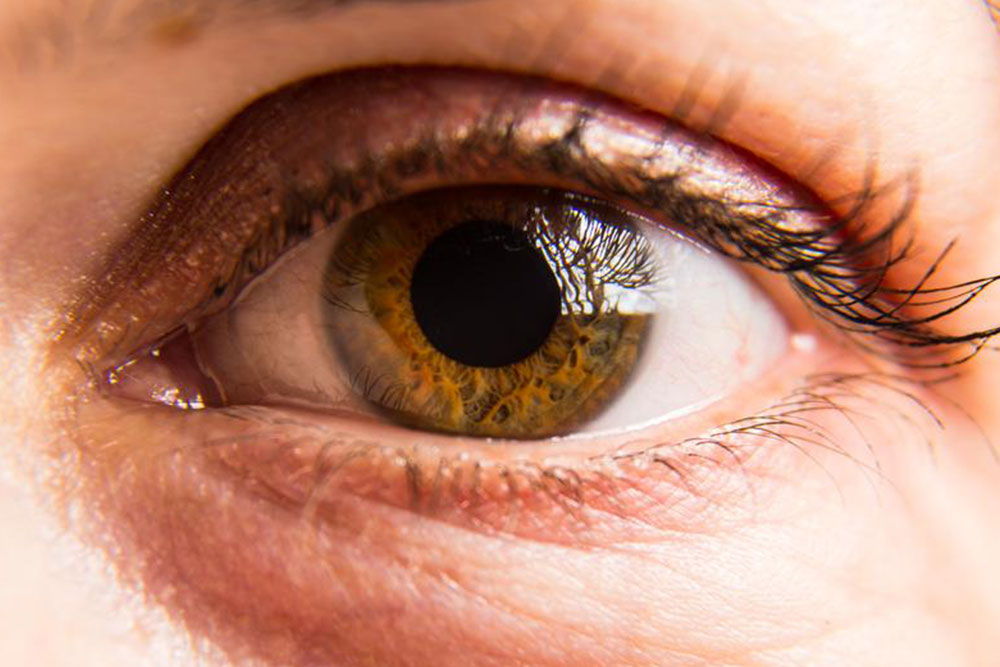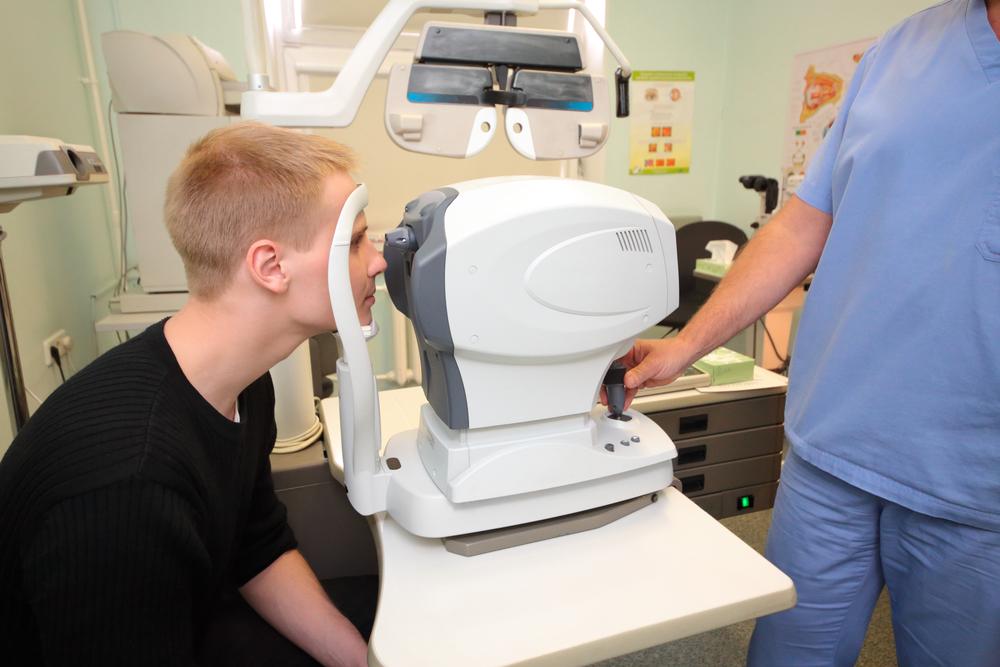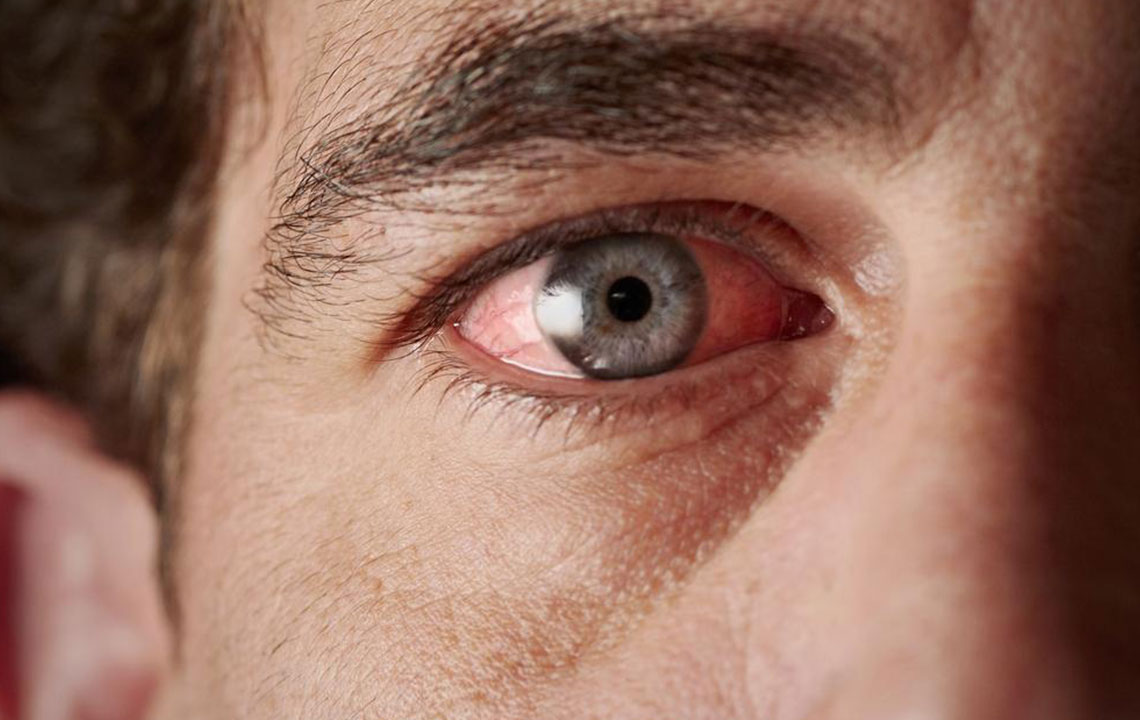Comprehensive Guide to Effectively Managing Double Vision (Diplopia)
This comprehensive article explores the causes, diagnosis, and effective management strategies for double vision (diplopia). It covers conservative and surgical treatments, emphasizing personalized care to restore clear vision and improve quality of life. Patients are encouraged to seek prompt medical advice for persistent symptoms and underlying health conditions.

Comprehensive Guide to Effectively Managing Double Vision (Diplopia)
Double vision, medically known as diplopia, is a visual disturbance characterized by seeing two images of a single object. It can significantly impact daily life, affecting activities such as reading, driving, and working. Addressing diplopia requires a thorough understanding of its underlying causes, as the treatment options vary depending on the origin and severity of the condition. In this comprehensive guide, we delve into the various causes, diagnosis procedures, and effective management strategies for double vision, helping patients find relief and restore clear vision.
Double vision may be classified into two categories: monocular and binocular. Monocular diplopia occurs when double vision persists even with one eye closed and is often related to abnormalities within the eye itself. Common causes include cataracts, corneal irregularities, dry eyes, or intraocular lens issues. Binocular diplopia, on the other hand, occurs when both eyes are open and typically results from misalignment of the eyes, such as strabismus or muscle weaknesses.
Understanding the root cause of diplopia is crucial for effective treatment. For instance, cases stemming from eye muscle imbalance may respond well to corrective measures like prism glasses, eye exercises, or surgical procedures. Conversely, issues related to lens opacity, such as cataracts, require surgical interventions to replace the cloudy lens. Systemic conditions like diabetes and neurological disorders also contribute to double vision and necessitate medical management of the primary health condition.
Diagnosis begins with a detailed eye examination, including visual acuity tests, ocular motility assessments, and slit-lamp examinations. Additional tests such as fundus examination, corneal topography, or neuroimaging may be performed to identify underlying systemic or neurological issues. Accurate diagnosis is essential to determine the most appropriate treatment plan tailored to each patient’s specific needs.
Treatment approaches for diplopia are diverse and depend largely on the severity and cause of the condition. Conservative options include the use of prism glasses, which modify the path of light entering the eyes to help align images and reduce double vision. Eye patches can temporarily alleviate symptoms by covering one eye, especially in cases of double vision caused by eye muscle problems. Additionally, specialized eye exercises, prescribed by ophthalmologists or optometrists, can strengthen weak eye muscles and improve coordination over time.
For persistent or severe cases, surgical interventions might be necessary. Procedures such as strabismus surgery aim to realign the eye muscles, restoring proper binocular vision. Surgeons may use adjustable stitches during surgery to fine-tune eye positioning post-procedure, ensuring optimal results. In some situations, intraocular lens implants or Botox injections are employed. Botox can relax hyperactive eye muscles, reducing strain and improving alignment, while intraocular lenses are used to replace opaque or damaged lenses causing monocular diplopia.
It is important for patients experiencing double vision to seek professional medical advice promptly. Early diagnosis and tailored treatment plans can prevent complications, improve comfort, and preserve eye health. Managing systemic health conditions such as diabetes or neurological disorders is also vital, as these can influence ocular health and the success of therapeutic interventions.
In summary, effective management of diplopia involves a combination of diagnostic precision and personalized treatment strategies. From conservative measures like prism glasses and eye exercises to surgical options, patients have multiple avenues for relief. Maintaining regular eye check-ups and addressing underlying health issues are key to controlling double vision and maintaining optimal visual clarity.





